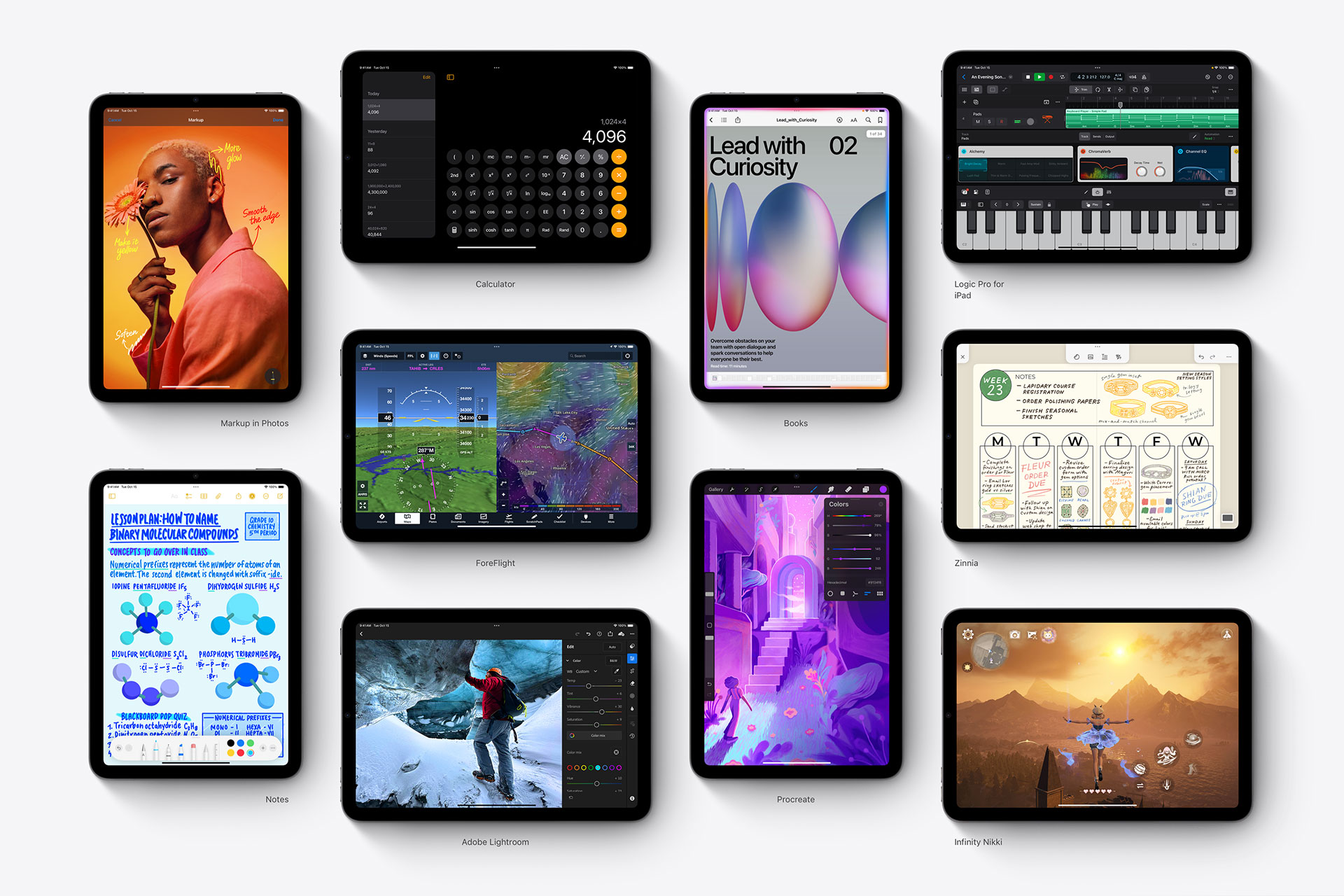Since its introduction, the iPad mini has been a favorite among users seeking portability and power. Over the years, Apple has enhanced its screen quality, moving from Retina to Liquid Retina displays. The adoption of OLED marks the next chapter, promising unparalleled brightness, contrast, and color accuracy.
OLED technology offers several advantages over traditional LCD screens. With self-lit pixels, OLED provides deeper blacks, higher contrast ratios, and more vibrant colors. For users, this means a richer visual experience, whether they’re streaming movies, editing photos, or gaming.

Key Features to Expect
1. Stunning Visuals and Color Fidelity
An OLED iPad mini will deliver a display experience akin to the ProMotion technology found in Apple’s higher-end devices. Expect vivid colors, sharp text, and fluid animations that elevate everything from creative tasks to everyday usage.
2. Energy Efficiency
OLED screens are more power-efficient than their LCD counterparts, as they don’t require backlighting. This improvement could lead to longer battery life on the iPad mini, making it an even better choice for on-the-go users.
3. Slimmer Design
OLED technology enables thinner and lighter screens, which could translate to a sleeker iPad mini design. This change aligns with Apple’s tradition of refining aesthetics alongside functionality.
Challenges in the Transition to OLED
Transitioning to OLED isn’t without its challenges. Apple is reportedly working with multiple suppliers to ensure a steady production pipeline. Meeting the quality standards for mass-producing OLED screens at scale is crucial for a seamless rollout.
Integrating OLED technology may result in a slight price increase for the iPad mini. However, Apple’s investment in cost-efficient production methods could mitigate this, ensuring the device remains competitive in its category.
How OLED Will Redefine iPad Mini Use Cases
For professionals and enthusiasts who rely on their iPads for creative projects, an OLED iPad mini will offer enhanced color accuracy and detail. This feature will particularly benefit photographers, video editors, and digital artists.
The OLED screen will transform the iPad mini into a powerhouse for entertainment. Whether watching HDR content or gaming with rich graphics, users can expect an immersive experience.
The combination of OLED’s energy efficiency and improved display quality will make the iPad Mini even more appealing to remote workers and students who need a reliable device for multitasking.
OLED in Apple’s Display Strategy
Apple’s display roadmap hints at a broader transition to OLED across its devices, including future iPads and MacBooks. By aligning the iPad mini with this trend, Apple ensures consistency in user experience and technological innovation.
With an OLED iPad mini, Apple strengthens its hold on the premium tablet market. It differentiates the mini from competitors while appealing to users who prioritize cutting-edge display technology.
The Road Ahead
Reports suggest a 2026 launch for the OLED iPad mini, giving Apple ample time to refine the technology and scale production. Users can anticipate a device that combines the iPad mini’s hallmark portability with next-level visuals.
Beyond OLED, Apple may introduce other enhancements, such as a faster processor, improved cameras, and upgraded accessories. These additions would solidify the iPad mini’s position as a versatile tool for both work and play.
Broader Implications for Apple Fans
The introduction of OLED to the iPad mini could signal a shift in Apple’s strategy, where advanced features become standard across all models. This change ensures that even the most compact devices deliver a premium experience.
As Apple adopts OLED for the iPad mini, other manufacturers may follow suit, pushing the industry toward higher display standards. This trend benefits consumers by raising the bar for quality and innovation.
The OLED iPad Mini represents a significant step forward in Apple’s display roadmap, blending advanced screen technology with the compact convenience of the Mini. By 2026, users can expect a device that redefines visual experiences while maintaining the versatility and portability they’ve come to love.
From stunning visuals to energy-efficient performance, the OLED iPad mini is poised to set a new standard for small tablets. As Apple continues to innovate, this launch reaffirms its commitment to delivering exceptional products that resonate with users worldwide.








